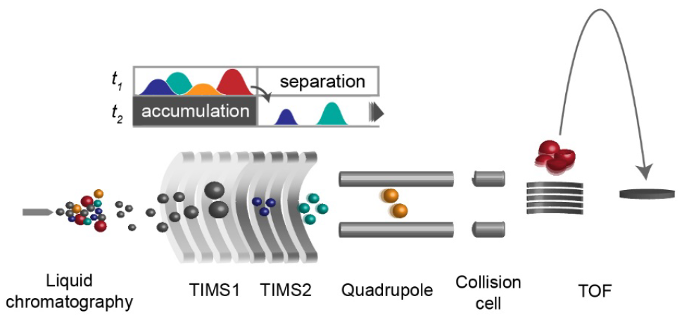Interested in our services
Contact our experts to provide further information



Mechanisms of Action (MoA) refers to the specific ways in which a drug or therapeutic agent produces its effects within the body. It involves understanding how a drug interacts with various molecular targets, such as receptors, enzymes, or ion channels, to bring about a physiological response. Understanding the mechanisms of action is crucial for drug development, as it helps researchers optimize drug efficacy, minimize side effects, and identify potential drug interactions or contraindications.
The MoA of a drug can vary depending on its specific properties and the condition it is intended to treat. Some common mechanisms of action include:
1. Receptor agonism or antagonism: Drugs can bind to specific receptors on cells and either activate (agonism) or block (antagonism) their normal function. This interaction can trigger a cascade of cellular events leading to a desired therapeutic effect.
2. Enzyme inhibition: Certain drugs can inhibit the activity of specific enzymes, which are responsible for catalyzing biochemical reactions in the body. By blocking these enzymes, the drug can interfere with the normal metabolic processes and modulate physiological functions.
3. Ion channel modulation: Ion channels are proteins that regulate the flow of ions (charged particles) across cell membranes. Drugs can affect the opening or closing of ion channels, thereby altering the electrical activity of cells and influencing various physiological processes.
4. Alteration of gene expression: Some drugs can influence gene expression, either by promoting or inhibiting the transcription or translation of specific genes. This can lead to changes in protein synthesis and ultimately impact cellular function.
5. Modulation of neurotransmitters: Neurotransmitters are chemical messengers that transmit signals between nerve cells. Drugs can affect the synthesis, release, reuptake, or degradation of neurotransmitters, thereby modulating their levels and influencing neuronal communication.
Analyzing the mechanisms of action (MoA) based on mass spectrum data involves the use of mass spectrometry techniques to identify and characterize the chemical components of a drug or therapeutic agent. Mass spectrometry provides information about the molecular weight, structure, and fragmentation patterns of molecules, which can be used to infer their interactions with biological targets.

1. Identification of drug metabolites: Mass spectrometry can be used to identify and characterize the metabolites of a drug. By analyzing the mass spectra of biological samples (such as urine, blood, or tissue) after drug administration, metabolites can be detected and their structures elucidated. This information can provide insights into the metabolic pathways involved in the drug's breakdown and elimination.
2. Comprehensive understanding of the drug's effects on biological systems: Mass spectrometry-based analysis methods for MoA are often combined with other techniques, such as proteomics(including PTM study, such as phosphorylation, acetylation, methylation, ubiquitination), metabolomics, or genomics. Integration of mass spectrometry data with other omics data can help unravel complex molecular interactions and pathways involved in the MoA of drugs or therapeutic agents.
3. Quantitative analysis: Mass spectrometry-based quantitative methods, such as multiple reaction monitoring (MRM) or selected reaction monitoring (SRM), can be used to measure the concentration of drugs or their metabolites in biological samples. This quantitative information can provide insights into the pharmacokinetics and distribution of the drug, contributing to the understanding of its MoA.
Interested in our services
Contact our experts to provide further information